Law Firm Expense Recovery
Law firm expense recovery is a crucial aspect of financial management for legal practices. Effective recovery strategies not only enhance profitability but also help maintain transparency with clients and optimize the overall financial health of the firm. Let’s explore the key aspects of expense recovery in law firms and how you can implement a successful strategy.
Written by Knowledge Team, posted on Oct 12, 2024
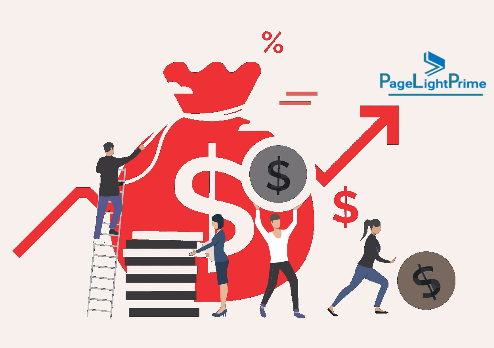
Types of Expenses in Law Firms
Legal practices typically deal with two main categories of expenses:
1. Hard Costs
These are direct, client-related expenses that are billed back to clients. Examples include:
Court filing fees
Mandatory payments for submitting documents in court.
Expert witness fees
Costs associated with hiring expert witnesses to support a case.
Travel expenses
Transportation, lodging, and meal expenses incurred while working on a client’s case.
Medical records fees
Charges for obtaining a client’s medical records in litigation.
Subpoena fees
Expenses related to issuing and serving subpoenas.
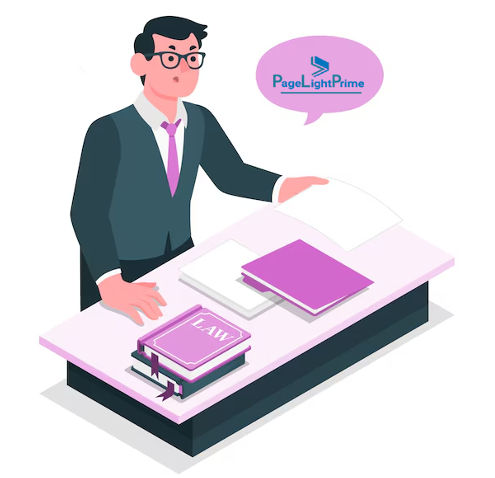
2. Soft Costs
Soft costs are indirect operational expenses related to the general functioning of the law firm. These can include:
Photocopying
Costs of reproducing documents for client use or court submissions.
Telephone and internet services
Charges for communication and online services.
Printing costs
The expense of printing legal documents.
Legal research materials
Subscription fees for online research tools like Westlaw or LexisNexis.
Postage and shipping
Fees for mailing or courier services.
Office supplies
General supplies needed for day-to-day operations.
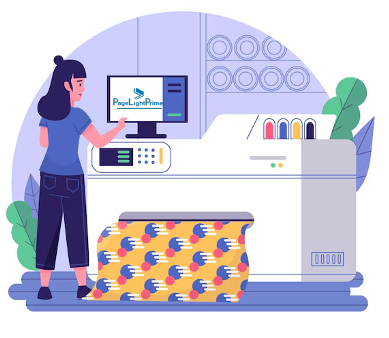
Expense Recovery Models in Law Firms
There are several approaches law firms can adopt to recover expenses from clients:
1
Cost Absorption Model
In this model, the firm absorbs all litigation costs, viewing them as part of doing business. While this may simplify billing, it can reduce the firm’s overall profitability since these costs aren’t passed on to clients.
2
Cost Recovery Model
Firms using this approach pass expenses reasonably related to client representation back to the client. This ensures the firm recovers the actual costs incurred during the course of legal representation, improving the firm’s bottom line.
3
Profit Model
Some law firms turn certain expenses, such as e-discovery, into potential revenue streams by marking up costs or offering specialized services through wholly owned subsidiaries. This model can be particularly profitable if done strategically.
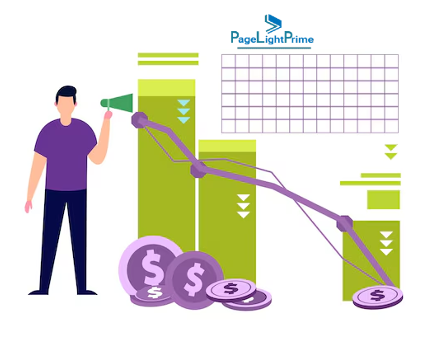
Implementing an Effective Expense Recovery Strategy
Developing a structured and efficient expense recovery strategy is vital for law firms to stay competitive and financially viable. Here are some key strategies:
1
Develop a Data-Driven Approach
Rather than relying on assumptions, base your expense recovery strategy on actual collection data. Analyzing past performance can reveal patterns and inform better financial decisions.
2
Adapt to Technology
Embrace modern technologies like e-discovery and litigation support tools to streamline expense tracking and improve recovery processes. Automation can reduce the administrative burden and improve accuracy in expense documentation.
3
Educate Attorneys
Helping attorneys understand the financial impact of write-offs and unbilled expenses is essential. When attorneys recognize the effect on the firm’s bottom line, they may be more diligent in ensuring all costs are properly billed and recovered.
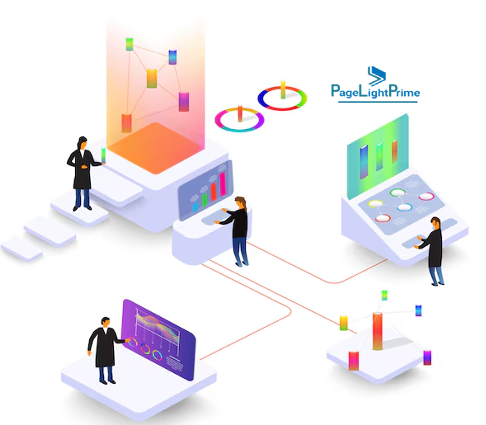
4
Shift to a Hard Cost Model
Rather than relying on assumptions, base your expense recovery strategy on actual collection data. Analyzing past performance can reveal patterns and inform better financial decisions.
5
Utilize Expense Management Software
Adopting tools like PageLightPrime expense approval workflow, law firms can streamline expense tracking, reporting, and budgeting processes, allowing for more efficient management of both hard and soft costs.
6
Regularly Review and Update Budgets
Involving your legal and administrative teams in cost-saving initiatives is essential. Regular reviews of budgets and expense reports can uncover areas for improvement and help the firm stay on track financially.
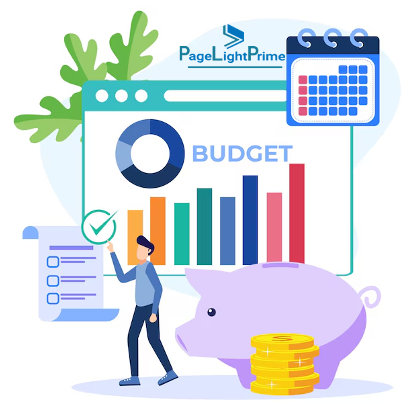
Leveraging Legal Technology to Manage Expense Recovery
In today’s legal environment, technology plays an essential role in managing and optimizing expense recovery. Modern legal accounting software offer powerful tools that can streamline cost management, improve accuracy, and reduce administrative burdens. Here’s how law firms can leverage legal technology to enhance their expense recovery strategy:
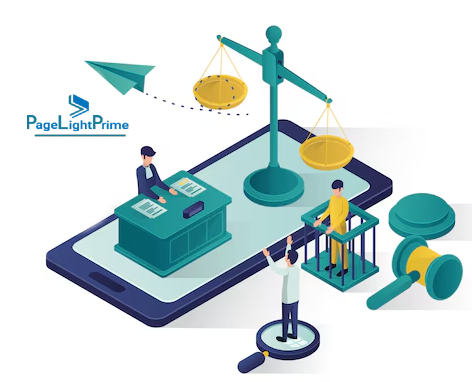
1. Expense Management Software
Dedicated software solutions like PageLightPrime offer advanced law firm expense tracking software. These tools allow law firms to monitor, record, and report client-related expenses in real time. They provide:
Automated expense capture
Reduce manual data entry by automating the capture of expenses such as filing fees and expert witness costs.
Customizable billing structures
Tailor billing structures to fit specific client agreements and ensure accurate, timely invoicing of both hard and soft costs.
Comprehensive reporting
Generate detailed reports that offer insights into which expenses are being recovered and which are leading to revenue losses.
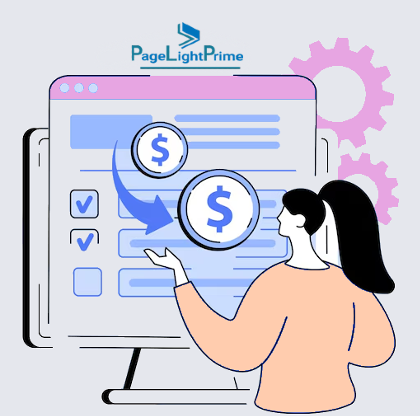
2. E-Discovery Tools
E-discovery can be a significant cost for law firms, especially in litigation-heavy practices. By leveraging e-discovery platforms like Relativity firms can:
Reduce data processing costs
These tools streamline the processing of massive amounts of data, reducing the time and expense associated with manual review.
Offer in-house e-discovery services
Some law firms create in-house e-discovery teams, offering this as a service to clients and turning it into a profit-generating division.

3. Time Tracking and Billing Software
Accurately tracking time and expenses is crucial for ensuring recovery of all billable hours and associated costs. PageLightPrime legal time tracking software help law firms:
Track billable time
These systems automatically track time spent on client matters, linking it directly to specific expenses, ensuring no costs go unbilled.
Integrate with financial systems
Many of these platforms integrate seamlessly with accounting software, simplifying the expense reconciliation process.

4. Cloud-Based Document Management Systems
Legal document management software from PageLightPrime provides centralized, cloud-based storage for all client-related documents. By digitizing the process, firms can:
Reduce paper and printing costs
With everything stored digitally, law firms can significantly cut down on photocopying and printing expenses.
Streamline client billing
Attach documentation of expenses (e.g., invoices, receipts) directly to client billing statements, ensuring transparency.
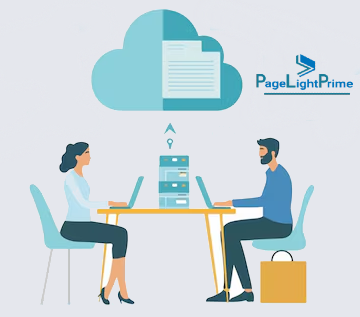
5. Artificial Intelligence (AI) Tools
AI is revolutionizing expense management by automating repetitive tasks and analyzing complex financial data.
Identify cost-saving opportunities
AI can analyze your firm’s expense data and uncover patterns that suggest where cost reductions are possible.
Predict future expenses
By analyzing historical data, AI can help firms predict future client-related expenses, improving budgeting and cash flow planning.

Benefits of Effective Expense Management
Implementing a well-rounded expense recovery strategy can lead to several key benefits for law firms:
Greater Financial Clarity
A transparent approach to expense recovery allows firms to better track and manage their financial health.
Increased Profitability
By ensuring that all recoverable costs are passed through to clients, firms can enhance their revenue streams.
Reduced Financial Risk
Properly managing expenses reduces the likelihood of financial shortfalls and helps law firms avoid unnecessary risks.
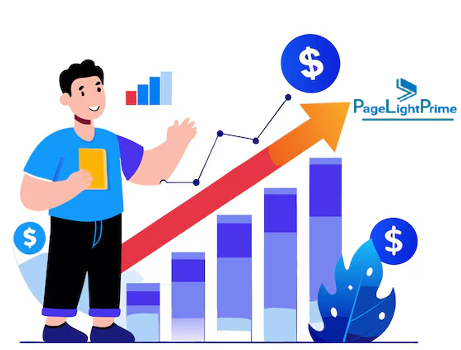
Conclusion
“
In an increasingly competitive legal landscape, expense recovery is more important than ever. By carefully managing both hard and soft costs, law firms can optimize their financial resources, improve client relationships, and ensure long-term success. A thoughtful, data-driven approach to expense recovery—backed by technology and a focus on education—will empower your law firm to achieve greater profitability and stability.
By leveraging modern legal technology tools, law firms can streamline cost management, improve the accuracy of expense tracking, and uncover new opportunities for cost savings. Implementing these best practices will not only enhance financial transparency but also foster a sustainable growth model for your legal practice.
“
Frequently Asked Questions (FAQ)
What are hard costs and soft costs in law firms
Hard costs are direct expenses incurred on behalf of a specific client, such as court fees, expert witness payments, and travel expenses. These are typically easier to recover because they are directly tied to client representation.
Soft costs are indirect expenses related to the law firm's general operations, like office supplies, legal research materials, and telephone costs. These are more difficult to recover, with lower realization rates compared to hard costs.
How can law firms improve expense recovery
Law firms can improve expense recovery by adopting a data-driven approach, using technology like expense management software, educating attorneys on the impact of write-offs, and shifting focus toward recovering hard costs, which tend to have higher realization rates.
What are the different models of expense recovery in law firms
Cost Absorption Model: The firm absorbs all litigation costs as part of doing business.
Cost Recovery Model: Expenses are passed on to the client, ensuring the firm recovers the costs.
Profit Model: Some firms turn certain expenses, such as e-discovery, into potential profit centers by marking up costs or creating separate service offerings.
How does legal technology help with expense recovery
Legal technology helps law firms streamline the tracking and recovery of expenses by automating billing processes, capturing costs in real time, and improving financial reporting. Tools like PageLightPrime and e-discovery platforms can help reduce administrative burdens and ensure accuracy in expense documentation.
What is e-discovery, and how can it affect expense recovery
E-discovery refers to the electronic discovery of information in legal cases, often involving large volumes of digital data. It can be a significant expense for law firms, but by leveraging e-discovery software, firms can reduce costs and even create revenue streams by offering it as a service.
What expense management software is best for law firms
The best expense management software for law firms is PageLightPrime. Cloud solution offers features like automated expense tracking, customizable billing, and comprehensive reporting to help firms manage both hard and soft costs more effectively.
Why is it important to track both hard and soft costs
Tracking both hard and soft costs ensures that law firms recover all billable expenses related to client representation. While hard costs are easier to bill, properly tracking soft costs can significantly increase a firm’s profitability by reducing the number of unbilled expenses.
What role does cloud-based document management play in expense recovery
Cloud-based document management system from PageLightPrime (built on SharePoint) help reduce costs associated with printing, photocopying, and storing paper files. By digitizing documents, law firms can cut down on operational costs and improve the transparency and efficiency of client billing.
What are the benefits of a robust expense recovery strategy for law firms
An effective expense recovery strategy improves financial clarity, increases profitability, reduces financial risk, and fosters transparency with clients. It also ensures that law firms maintain a sustainable, competitive edge by optimizing cost management practices.
